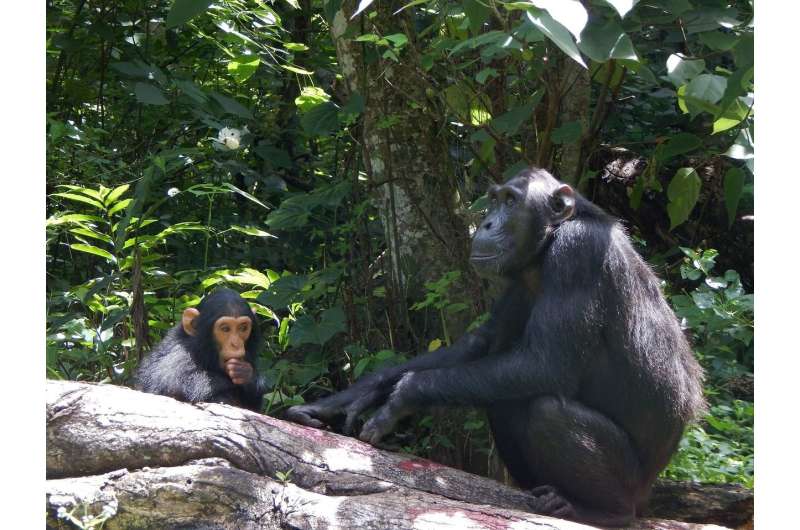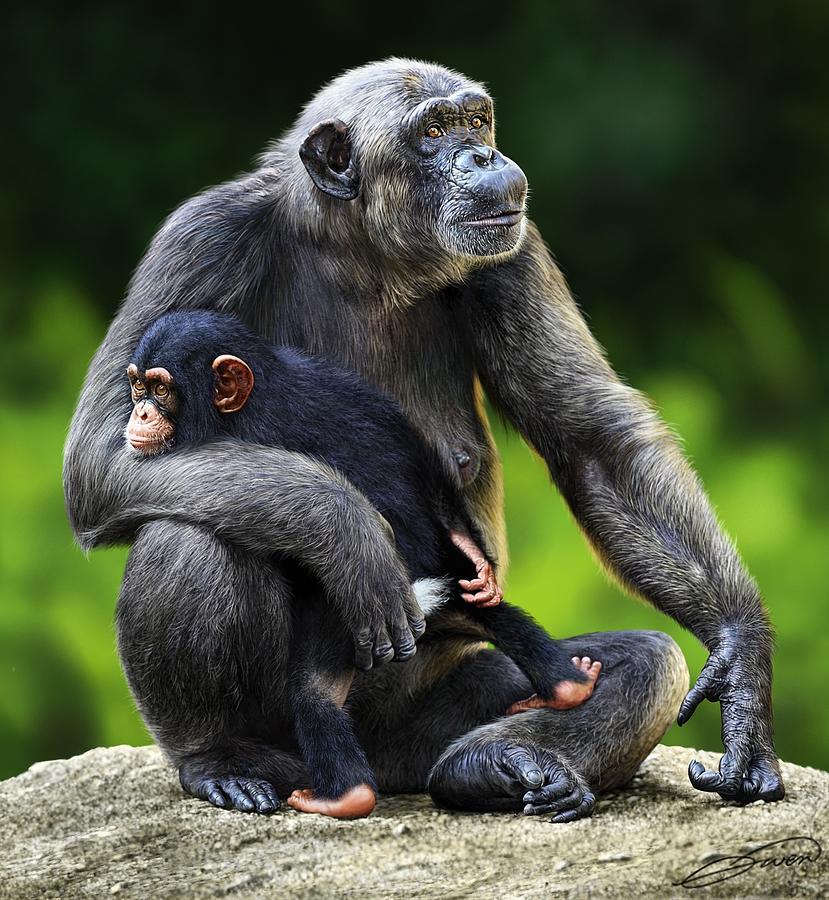
Given well-documented differences between adult males and females, particularly regarding social behavior, it seems possible that maternal subgrouping patterns vary by infant sex in a manner that foreshadows adult sex-specific behavioral strategies. Likewise, some negative impacts of maternal deprivation are attenuated in macaques that are raised in peer groups ( 22). For example, a recent study in mice found that early interactions with mothers and peers independently shape adult behavior ( 21). The mother–infant relationship is therefore critical to proper social development however, research also demonstrates the importance of the larger social milieu ( 17– 20). Primate mothers are critical for the normal social development of their infants ( 11– 13), with classic studies demonstrating that maternal deprivation is associated with intense anxiety ( 14), inappropriate aggression ( 15), and an inability to form social relationships ( 16). Decades of research in rodent and primate models have demonstrated that social deprivation curtails the development of species-appropriate behaviors ( 5– 8) and cognition ( 9, 10). Comparative research provides insight into the origins and development of sex differences in the absence of human cultural sex socialization. In humans, the relative contribution of parental and others’ social influence on the development of sex-typical behavior receives considerable attention and is often debated ( 1– 4). In mammals, mothers have enormous influence on their offspring’s early social experience, with implications for adult social behavior. The presence of these patterns in chimpanzees raises questions concerning the evolutionary history of differential social exposure and its role in shaping sex-typical behavior in humans.Įarly socialization is critical to developing social competency later in life.

These early differences foreshadow the well-documented sex differences in adult social behavior, and maternal gregariousness may provide sons with important observational learning experiences and social exposure early in life. Furthermore, mothers with sons spent significantly more time in parties containing males during the first 6 mo. Our results show that mothers of sons were more gregarious than mothers of daughters differences were especially pronounced during the first 6 mo of life, when infant behavior is unlikely to influence maternal subgrouping. In this study, we investigated whether wild chimpanzee maternal subgrouping patterns differed based on infant sex.

Thus, mothers in these species have a variety of social options. In fission–fusion species, including humans and chimpanzees, subgroup composition is labile and individuals can vary the number of individuals with whom they associate.

In chimpanzees ( Pan troglodytes), adult males are more gregarious than females and rely on a suite of competitive and cooperative relationships to obtain access to females. Additionally, the social skills necessary for adult success may differ between the sexes. Although mother–infant interactions play an undeniably significant role in social development, other individuals in the social milieu may also influence infant outcomes. In many mammals, early social experience is critical to developing species-appropriate adult behaviors.


 0 kommentar(er)
0 kommentar(er)
